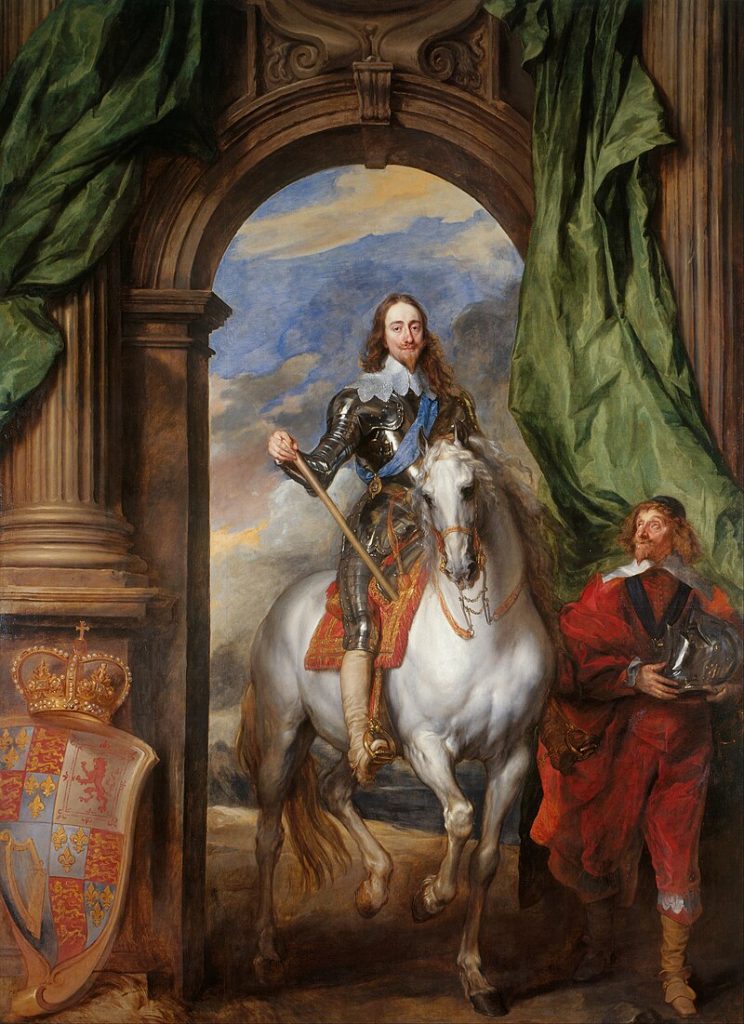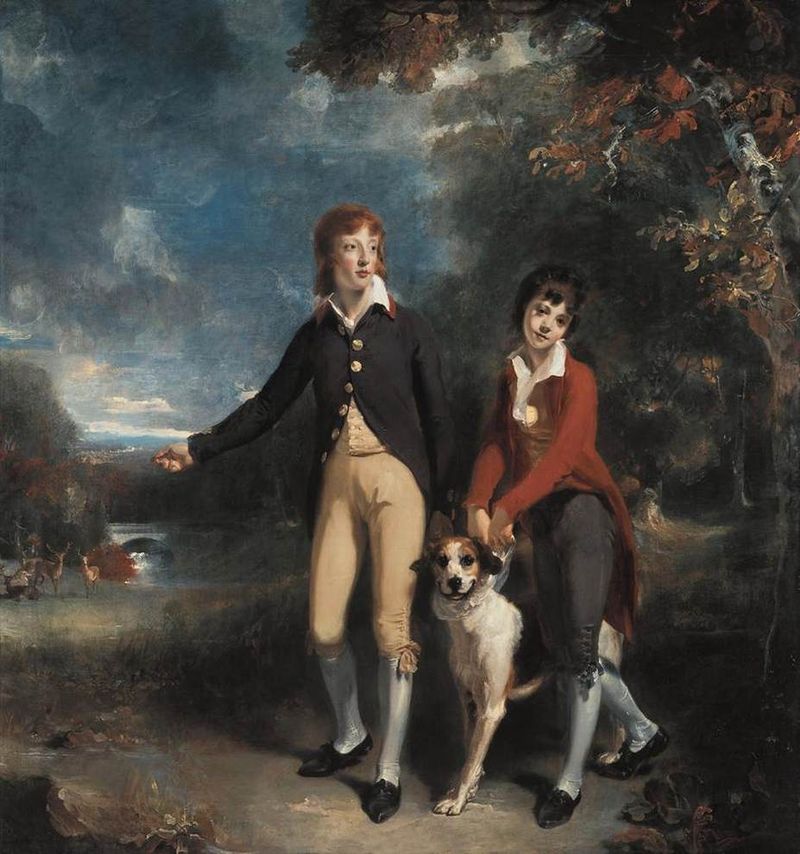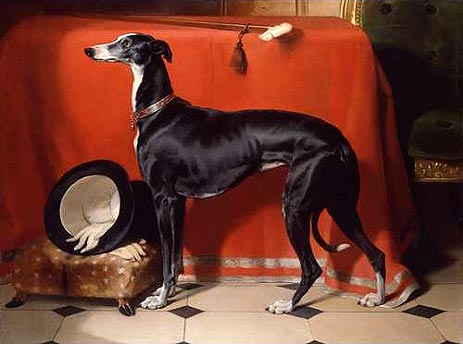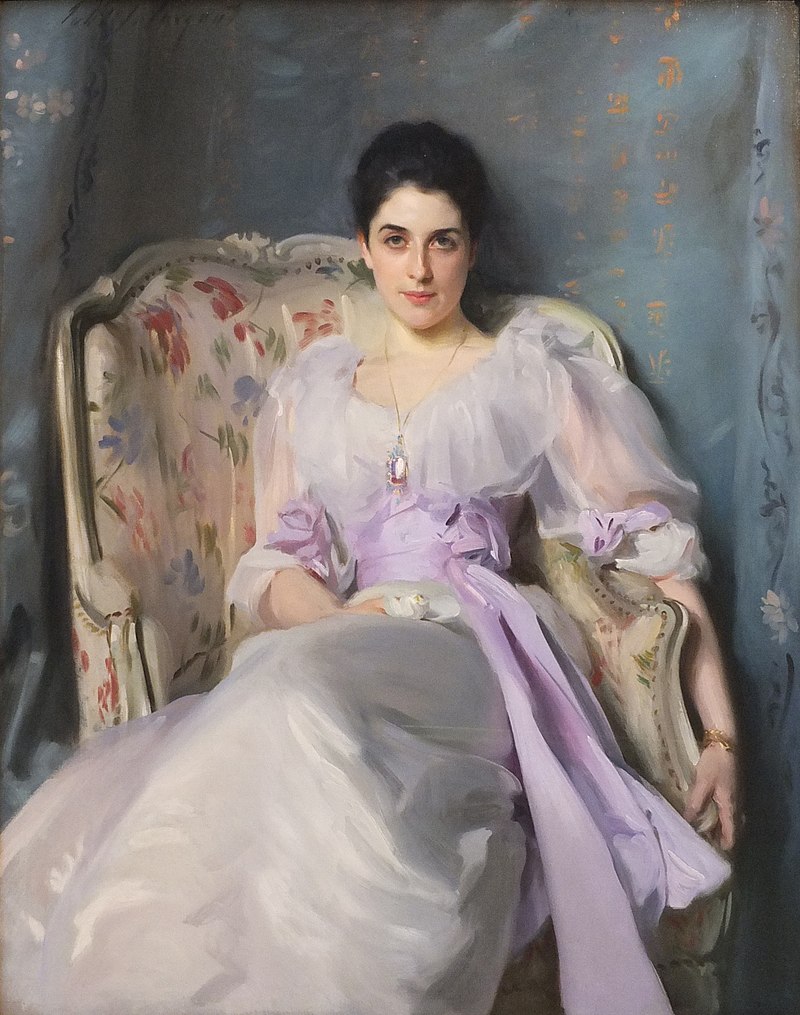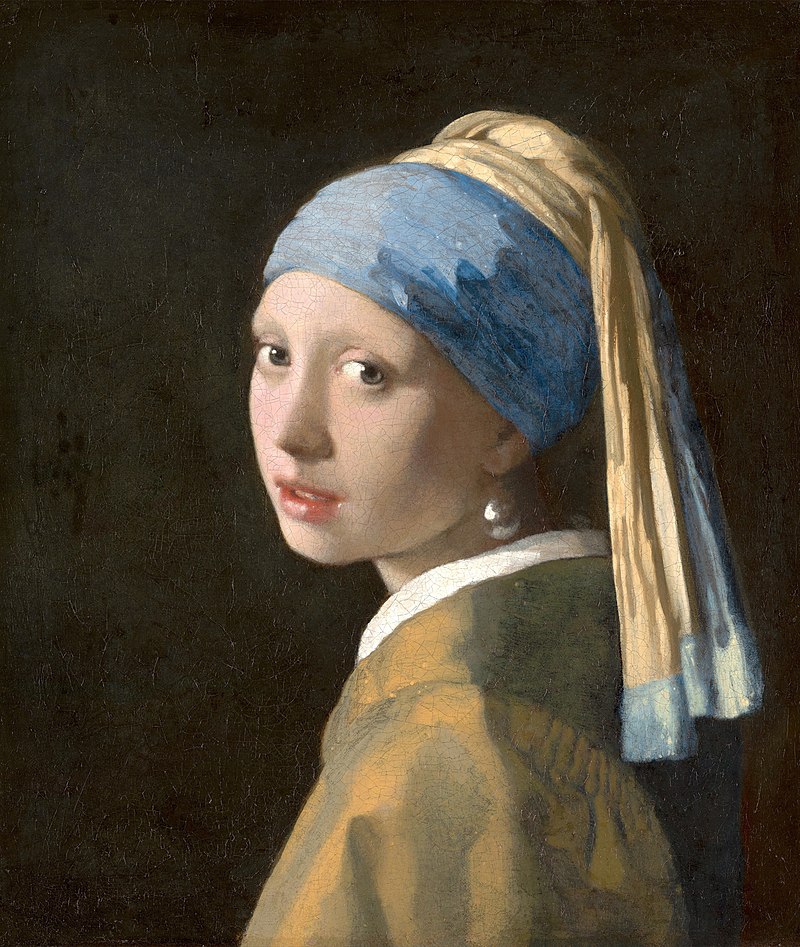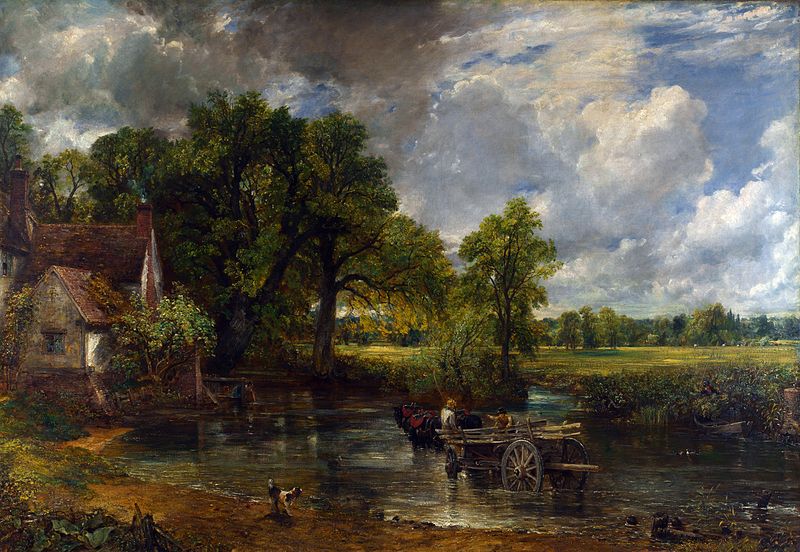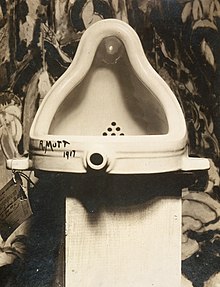
Marcel Duchamp’s “Fountain” is one of the most iconic and controversial works in modern art history. Created in 1917, it consists of a urinal turned on its back and signed with the pseudonym “R. Mutt.” Duchamp submitted “Fountain” to the Society of Independent Artists’ exhibition in New York, which he was part of. However, the piece was rejected by the committee, sparking debates about the nature of art and challenging traditional notions of artistic value.
“Fountain” marked a turning point in the concept of art, as Duchamp questioned the role of the artist’s hand in creation and the importance of aesthetics. By presenting a mass-produced, everyday object as art, he challenged the idea that artistic skill and craftsmanship were the primary criteria for defining art. Instead, he emphasized the intellectual and conceptual aspects of art-making.
The history of “Fountain” is intertwined with the birth of the Dada movement, a precursor to Surrealism, which rejected societal norms, often using absurdity and anti-art as its tools. Duchamp’s piece became a symbol of Dada’s iconoclastic stance and its critique of bourgeois values.
While “Fountain” initially caused controversy and was met with mixed reactions, it has since become an influential and enduring work, fundamentally changing how art is understood. Duchamp’s concept of the “ready-made” directly impacted the trajectory of modern art, paving the way for conceptual art and challenging the very depfinition of artistic creation.

